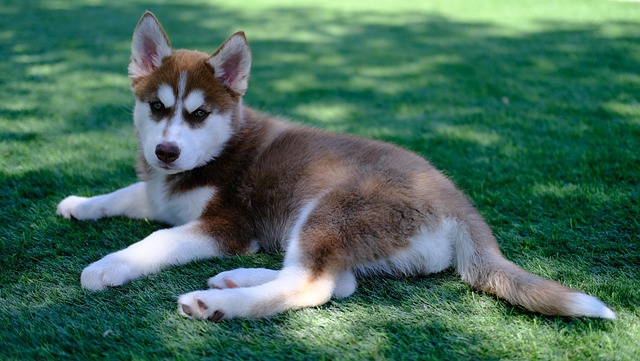
What is glaucoma in a dog?
You might notice your dog squinting more at mealtime or avoiding bright sunlight—these small changes could be early signs of a serious eye condition.
Ear discharge in dogs often starts as a subtle sign—maybe a damp patch on their ear flap after napping, or a faint odor when they shake their head. But ignoring it can turn a minor issue into something painful. Different consistencies mean different things: waxy brown gunk might just be buildup, while yellow or green goop often signals infection. A cocker spaniel owner in Colorado learned this the hard way last winter; what looked like "normal dirt" turned out to be a yeast infection that spread after two weeks of delay.
First, check for red flags that demand a vet visit. If your dog whimpers when you touch their ear, or if the discharge smells like rotten fruit, don’t try home remedies. In many European countries, letting an untreated infection fester could violate animal welfare laws—France’s Code Rural, for example, mandates prompt care for preventable suffering. Even in more relaxed regions, veterinarians stress that timely treatment avoids costly complications, like ruptured eardrums.
For routine cleaning, start with a vet-recommended solution. Avoid over-the-counter human products; a poodle breeder in Scotland once shared how using hydrogen peroxide left her puppy with chemical burns. Instead, soak a cotton ball (never a Q-tip—those can push debris deeper) and gently wipe the ear canal’s visible parts. Let your dog shake it out afterward—that’s their way of expelling loosened gunk. Do this weekly for floppy-eared breeds, which trap moisture more easily.
 Drying ears properly after baths or swims cuts down on discharge. A Norfolk terrier owner in Oregon swears by using a hair dryer on the lowest, coolest setting, holding it 6 inches from the ear. Hunting dogs and water retrievers need extra attention here—their active lifestyles make them prone to moist environments where bacteria thrive. Some trainers even keep absorbent ear wipes in their gear bags for post-adventure cleanup.
Drying ears properly after baths or swims cuts down on discharge. A Norfolk terrier owner in Oregon swears by using a hair dryer on the lowest, coolest setting, holding it 6 inches from the ear. Hunting dogs and water retrievers need extra attention here—their active lifestyles make them prone to moist environments where bacteria thrive. Some trainers even keep absorbent ear wipes in their gear bags for post-adventure cleanup.
Diet plays a quieter role too. Food allergies often show up first in ear issues. A colleague’s German shepherd developed chronic discharge until they switched from grain-based kibble to a salmon formula. If you suspect this, work with your vet to try an elimination diet—suddenly changing food without guidance can cause digestive upset, which no one wants.
Preventing recurrence means staying vigilant. Check ears during weekly grooming sessions, and note any changes in your dog’s behavior—scratching at ears, tilting their head, or avoiding chew toys that require neck movement. These are all clues something’s off. Remember, what seems like a small annoyance to us can be agonizing for them, given how sensitive canine ears are.
Caring for ear discharge isn’t glamorous, but it’s part of keeping your dog comfortable. By staying observant, knowing when to call the vet, and sticking to gentle cleaning habits, you’ll head off most problems. And when in doubt, err on the side of professional help—both your dog and local regulations will thank you.

You might notice your dog squinting more at mealtime or avoiding bright sunlight—these small changes could be early signs of a serious eye condition.

Let’s set the scene: It’s a sweltering Phoenix afternoon—105°F outside—and you rushed your 2-year-old Lab mix, Cooper, on a quick walk to “get it over with.”

Let’s get real: You’re in your Miami apartment, watching your 3-year-old Corgi, Loki, struggle to climb the stairs to your second-floor unit.

Many dog owners brush off occasional scratching as just “dog behavior,” but persistent itching often signals something more—like a food allergy.

You might first notice your dog scratching more than usual—chewing at their paws until the fur looks thin, or rubbing their face against the couch nonstop.

Let’s be real: You’re standing in your Chicago apartment, watching your 3-year-old Beagle, Max, huff and puff just to climb onto the couch.